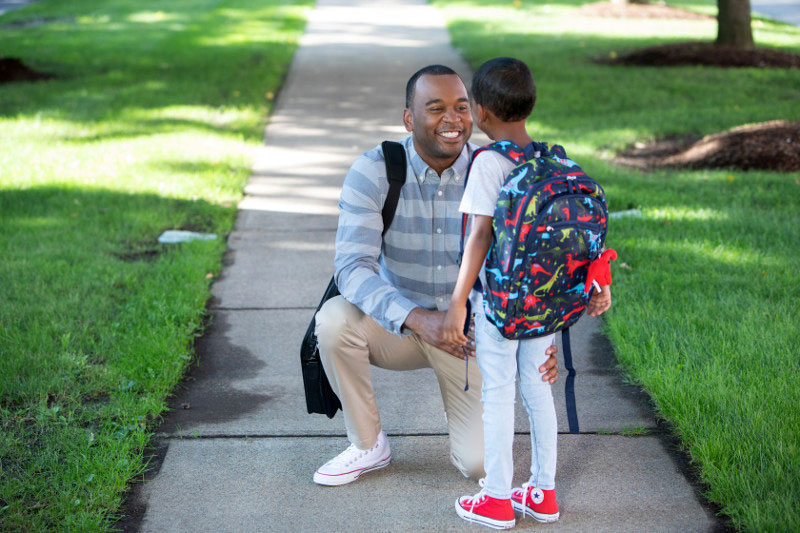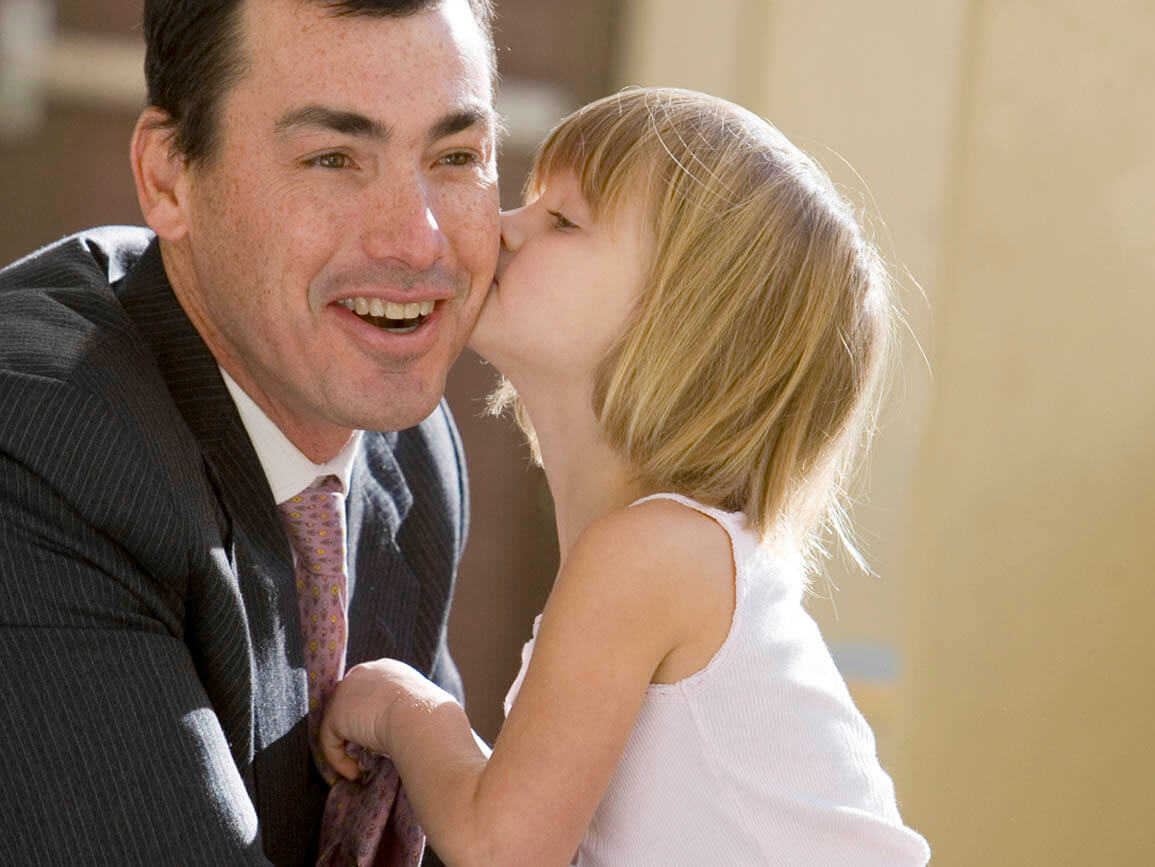Sears & Sears [1] define bonding as a “close emotional tie that develops between parents and baby at birth.” Often the words bonding and attachment are used interchangeably, but bonding typically refers to the close connection between parents and babies soon after birth. It often includes skin-to-skin contact, and/or eye contact, soothing talking and touch. Attachment typically applies to the longer-term connection which develops over time between parent and child. Babies who are securely attached to their parents use those attachments as a safe base to explore from and return to.
The importance of mothers bonding with their babies is widely accepted, and the importance for fathers as well is now better understood. Fathers, like mothers, have an amazing opportunity to connect with their babies! Bonding is the start of a lifelong relationship between a father and a child. (Note: Most references to fathers will also apply to other parenting partners such as a same-sex parent, adoptive parent, etc.).
How dads can bond with their babies
Fathers matter greatly in their children’s lives. It can sometimes be hard to remember that when your baby seems to prefer her mother, but fathers are equally important. As a father, to help strengthen your relationship with your baby, try a few of these suggestions in your baby’s first few weeks.
- If your employer offers paternity leave, take it. The days and weeks right after your child’s birth are important and you want to be there as much as possible. If paternity leave isn’t offered, is taking some vacation an option?
- If your partner is breastfeeding, fathers can give the baby an occasional or daily bottle so your baby gets used to you feeding him and gets used to the bottle. Perhaps you give a bottle when your baby awakens in the middle of the night.
- Be a full participant—change diapers, walk her around when she is crying, talk to her, and give baths. This allows your baby to become comfortable with your voice and how you hold her.
Many babies will go through periods of preferring mommy, particularly if mommy is breastfeeding, but don’t be deterred. Continue to hold, talk, soothe, walk and be a part of your baby’s young life. It is a good thing for a baby to get used to your different voice, holding and style.
It may seem challenging to build a relationship with a baby who can’t talk or respond in the way we are used to; however, this is a critical time for relationship building. Try some of the following suggestions for connecting with your baby in his first year.
- Walk your baby around the house or apartment and point to and name different rooms or objects. Hold your baby in your arms or use a carrier.
- Sing to your baby or read books.
- Point to and name his body parts.
- Tell your baby what is happening. “In a few minutes, I am going to put you down to cook dinner. We are having chili. You’ll like the way it smells.”
References:
Brazelton, T. B. (1992). Touchpoints: The Essential Reference: Your Child’s Emotional and Behavioral Development. Reading, MA: Addison-Wesley.
1 Sears, W & Sears, M. (2003). The Baby Book. New York: Little, Brown and Company.




